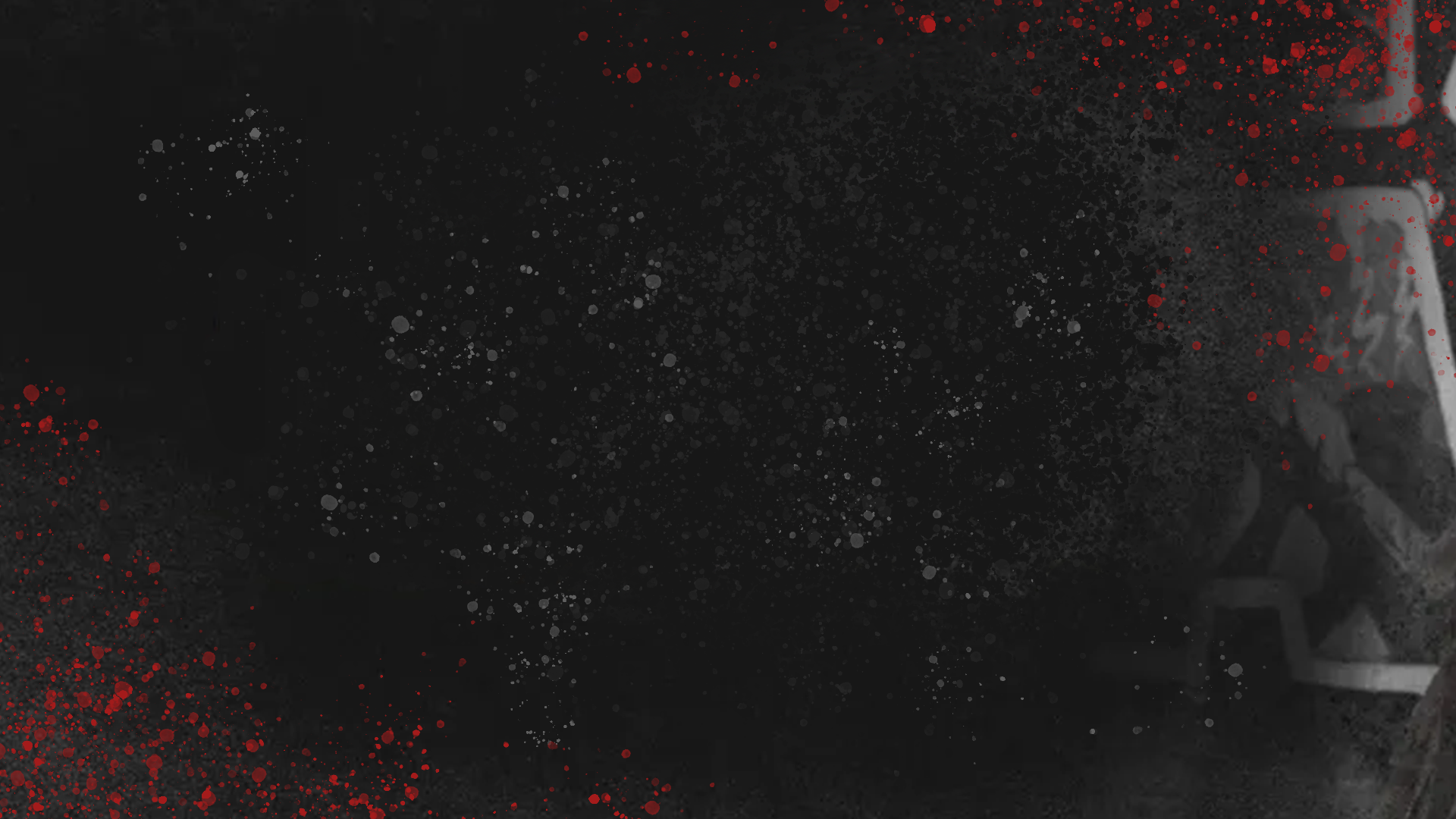Blood On Black Wall St
The Legacy of the Tulsa Race Massacre
With over 120 hours of original footage, stacks of archival assets, a solo editor, and a three-week window for post, this piece was born from an overwhelming need to tell a side of the Tulsa Race Massacre that is often overlooked: what happened after, and what continues to happen to this day.
Ahead of the 100-year anniversary of the Tulsa Race Massacre, Trymaine Lee travels to the neighborhood once known as Black Wall Street, where residents say the effects of the devastating violence endured for generations, and Black Tulsans are left asking, "What does justice look like after 100 years?"

Scenes from Blood on Black Wall St
Opening
While brainstorming the opening of this piece, there was a huge task at hand: how do we link the present-day story we’re trying to highlight with the 100-year-old story that many people haven’t heard of? How do we convey the pain and trauma of the next 45 minutes but in a way that entices you to stay and watch?
The answer was this sculpture garden in Tulsa, with an opening shot that perfectly encapsulated our narrative: a statue of one of the race-massacre victims with the advancement of gentrification happening directly behind him. From there we float through the garden in an eerie, floating, dream-like state until we are hit with our first archival imagery of Tulsa in ruins.
The Massacre
The Tulsa Massacre of 1921 is an event whose horrors are almost impossible to convey with what little archival materials exist to illustrate it. Most of the photos that people see are from the following days showing the wreckage. There’s no footage, and still-images can feel frozen in time. How do we convey the chaos, the burning, the devastation?
I took a cue from the standard Ken Burns style of working with images, but sought to inject them with whips, blurs, and zooms to confuse the audience, throwing them into a visually agitating state, utilizing the slow-build of the interview subject to build the tension that finally explodes in a wash of visual horrors.
Vernon AME Church
My Senior Producer Marshall Crook and I both felt that this was the first scene that was built that opened up how we were visually going to tell this story. We had this beautiful footage of chairs that were part of a story that we didn’t end up utilizing, but I found them haunting in their simplicity and knew we had to find a place for them.
Utilizing them while speaking of the victims and their unanswered prayers for justice, we aligned on a visual language for the entire piece, and continued to find footage that emitted the feelings of floating through memories or abandoned, dream-like spaces. We sought to make the audience feel like they were looking through the eyes of a ghost, wandering through modern-day Tulsa with the pain of the massacre 100 years prior,
March for Reparations
In an earlier draft, I had intended to open the piece with the reparations march as if perfectly encapsulated the current struggle of Tulsa residents. As the piece continued to develop and our visual language grew, we built the above sculpture-garden opening instead, and the march was moved to a halfway point in the documentary.
On the tails of a beat discussing the gentrification of Tulsa, I wanted the scene to build in intensity, visually matching Reverend Turner’s growing anger and desperation.
“Walking into the future”
Concluding this piece was a challenge: there needed to be a glimmer of hope in addition to the continuing bitterness and hurt that still resonates in the Tulsa community. Before Trymaine did his final sign-off in which he says, “this is a story that’s still being written,” we built this verité scene in which we highlight the ways the Tulsa community is seeking to educate the next generation about the truth of what happened in 1921.
The final moments of Joy, her son and her granddaughter walking along the tracks her mother had escaped the massacre on both grounded us in the past and showed us the path that many in Tulsa are currently taking, finding ways to “walk into the future.”
Awards
WINNER
Best TV Doc
NOMINEE
General Video
Diversity & Inclusion
NOMINEE
Outstanding News / Information
(Series or Special)
FINALIST
Digital Video Storytelling
Longform
CREDITS
Host: Trymaine Lee
Producers: Nirma Hasty , Brock Stoneham , Ala'a Ibrahim , Marshall Crook
Director of Photography: Ernesto Guadalupe
Art Director: Ben Plimpton
Motion Graphics: Tristan Bresnen Michael Cafarelli Michael Basilico
Colorist: promedia
Audio Mixer: Eric Pfeiffer
Director of Post Production: Thomas Parrinello
Executive Producer: Shalani Sharma
Global head of NBC News Digital: Catherine Kim



